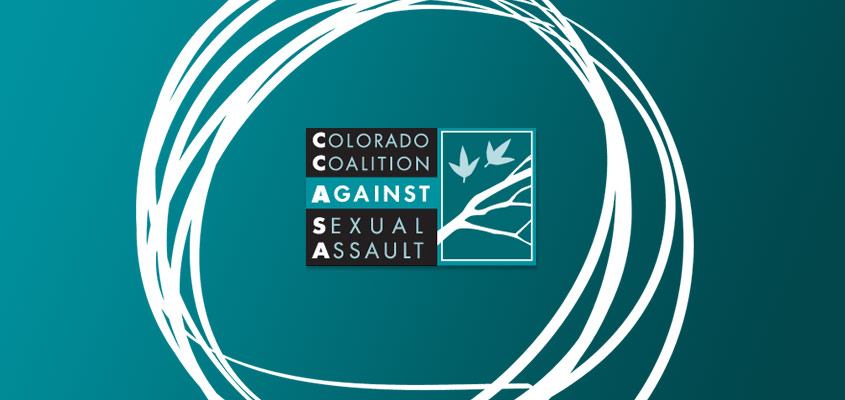Meghann McCluskey, CCASA Blogger
Stephen Chbosky’s The Perks of Being a Wallflower (1999) has been celebrated as an affecting yet unsentimental novel with an exceptionally endearing narrator. Chbosky tackles many hard realities of adolescent life in this coming-of-age tale – suicide, substance abuse, abortion – all of which are explored with a rare blend of sensitive pragmatism. Chbosky’s depiction of the enduring impact of childhood sexual abuse on his central character is particularly accurate. In an age in which more than half of all sexual assault victims are under 18, and damaging myths about sexual violence abound, true-to-life representations of survivorhood in popular fiction can serve as vital beacons for youth struggling in the aftermath of sexual trauma [1].
Perks is constructed as a series of letters penned by Charlie – the novel’s narrator – to an anonymous recipient. As readers of Perks, we’re unaware that Charlie is a survivor of sexual abuse until the book’s conclusion, when Charlie is hospitalized following the emergence of repressed traumatic memories from his childhood. With this unexpected plot twist, Chbosky encourages readers to reflect back on Charlie’s letters and view his eccentricities and tribulations in a different light.
Charlie concludes in his final letters in Perks that he was sexually abused in early childhood by his Aunt Helen, who is now deceased. Chbosky’s decision to feature a male victim of sexual violence along with a female perpetrator erodes the persistent female victim / male offender paradigm. In actuality, it is likely that more than 16% of men have survived sexual abuse by the age of 18 [2]. And while the majority of these young victims were assaulted by adult men [3], the existence of sexually abusive adult women is receiving increased attention. The fact that Charlie’s abuse was committed by a trusted and beloved family member is also consistent with reality – more than 90% of juvenile sexual abuse victims know their perpetrators [4]. Charlie’s fondness for Aunt Helen and his prolonged grief over her accidental death is a poignant representation of the convoluted emotions many survivors of sexual assault experience towards those who abuse them.
Many of the symptoms and struggles described by Charlie in Perks gain new meaning through the use of a trauma-informed lens. As Charlie paints a picture of himself through his letter writing, we as readers come to understand him as socially stunted and emotionally conflicted. He describes himself as “both happy and sad” and laments “I’m still trying to figure out how that could be.” He later asserts that “something is really wrong with me” but adds ominously “I don’t know what it is.” Charlie’s kind yet peculiar demeanor endears him to a motley crew of compassionate “misfits” in his high school, but he remains routinely befuddled by basic social customs. Charlie’s problems with emotion identification, his impaired self-reference, and his challenges in interpersonal contexts are common traits among those who endure interpersonal trauma from an early age [5].
As Perks progresses, Charlie endorses symptoms considered to be hallmarks of post-traumatic stress [6]. He recounts panic attacks – “I just open my eyes, and I see nothing. And then I start to breathe really hard trying to see something, but I can’t.” He details depersonalization – “It’s kind of like when you look at yourself in the mirror and say your name. And it gets to a point where none of it seems real.” He even ponders dissociative states – “I stared at my reflection and the trees behind it for a long time. Not thinking anything. Not feeling anything.” Charlie also has seasonal triggers in which his depressive symptoms increase. As his mood worsens over the winter holidays, he passively contemplates suicide – “[I] wanted to sleep for a thousand years. Or just not exist.” Like many trauma survivors, Charlie experiments with a variety of substances such as alcohol, marijuana, and nicotine in an ultimately futile effort to alleviate his distress. Chbosky’s realistic account of Charlie’s struggles helps normalize trauma-related symptoms for survivors of sexual assault who might read this book. And as the magnitude of sexual violence as a social epidemic gains increased attention in the media, it will hopefully spawn other accurate portrayals of survivorhood to help diminish rape myths and increase access to resources for survivors.
[1] U.S. Department of Justice. National Crime Victimization Survey. 2010.[2] Dube, S.R., Anda, R.F., Whitfield, C.L., et al. (2005). Long-term consequences of childhood sexual abuse by gender of victim. American Journal of Preventive Medicine, 28, 430–438.
[3] National Institute of Justice, Special Report, Findings from the Violence Against Women Survey, 2006.
[4] Snyder, H. (2000). Sexual assault of young children as reported to law enforcement: victim, incident, and offender characteristics. Retrieved from
[5] Rothschild, B. (2000). The Body Remembers: The Psychophysiology of Trauma and Trauma Treatment. W.W. Norton and Company.
[6] Diagnostic and Statistical Manual 5. American Psychiatric Association. 2013.

